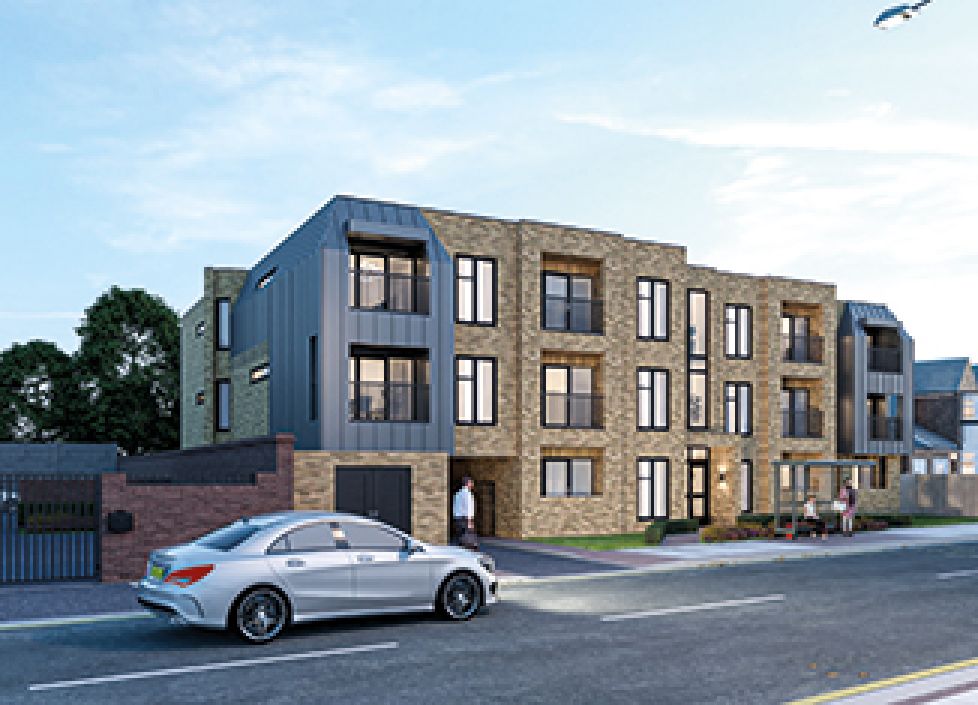Landlords made use of significantly more finance for purchases than in previous quarters during Q3 2013 as they expanded their rental portfolios according to the latest Mortgages for Business Complex Buy to Let Index.
Although Q3 saw an increase in new purchases for every section of the buy to let mortgage market, except semi-commercial investments, remortgaging remained a dominant part of total lending for the other three types of buy to let property despite marginally lower figures when compared to Q2 2013.
Standard buy to let (or Vanilla) lending made up 62% of the market, a decrease of 3% on Q2, whilst Houses in Multiple Occupation (HMO) saw the most remortgaging as a proportion of loans at 77% compared to 84% in Q2. Refinancing accounted for seven in ten Multi-unit Freehold Block (MUFB) loans, down slightly from 88% in Q2
David Whittaker, managing director of Mortgages for Business, said: “It’s encouraging to see a sustained improvement in the choice of different mortgage products for landlords – and that competition should help drive cheaper deals too. Rates remain low, and yields are consistently high, which is encouraging landlords to increase activity. Confidence is generally high – among both lenders and investors – which is sparking even more growth in the sector.
“There are some other factors driving landlords to remortgage – for example the continued turning away from the property market by some Irish banks and RBS. However, for the most part there’s such a huge amount of interest in buy to let because of the potential returns on investment. Yields are even higher just as landlords are starting to see prices rise more seriously too, so we’re expecting this surge of interest to continue. Fundamentally, demand from tenants is as healthy as ever, and will remain so for the foreseeable future.”
There was an increased choice of different buy to let mortgage products for the second quarter in a row, with lenders increasing the number of mortgage products on offer to a total of 484 – 19 more options than in Q2, or a 4% increase.
Loan-to-value ratios remained stable at 68% in Q3, the same as in Q2, however gross yields rose between the second and third quarters on all property types except SCP.
The monthly magazine providing news analysis and professional research for the discerning private
investor/landlord




















